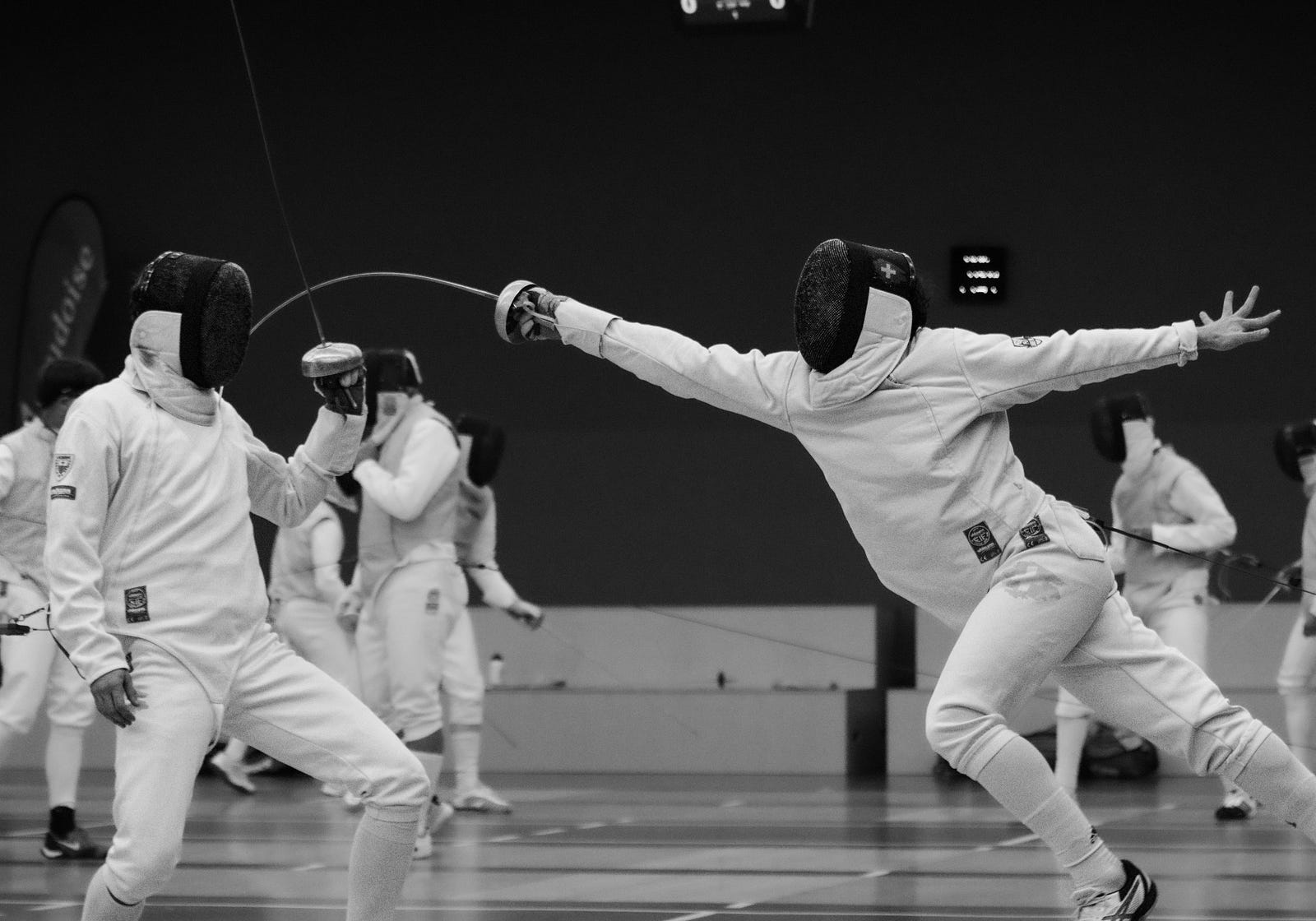I ENJOY HIGH-INTENSITY EXERCISE, a physical activity approach that has many advantages. Certainly, it is only for some. If you have chronic health conditions or are older, you may be unable to perform vigorous activity. Today we examine the remarkable benefits of low-intensity exercise.
Why should I consider centering my physical activity on low-intensity exercise? First, this approach is generally safe. Second, it improves mood, fitness, mobility, and well-being. Third. I can do low-intensity workouts in my home or the outdoors.
I rediscovered regular, low-intensity workouts after my right patellar tendon complete tear last year. The gentle approach to fitness allowed me to recover faster from my injury and surgery.
While high-intensity workouts often steal the spotlight, low-intensity exercise offers many benefits that should not be overlooked. This essay explores the advantages of low-intensity exercise and highlights how elite athletes incorporate it into their workout routines.
By understanding these athletes’ benefits and strategies, individuals of all fitness levels can embrace low-intensity exercise as a valuable tool for optimizing their physical performance and overall health.
What Is a Low-Intensity Workout?
I should define what I mean by “low-intensity workout.”
Low-intensity exercises encompass physical activities performed comfortably, allowing individuals to maintain a steady heart rate of approximately 50 percent of their maximum rate.

These activities should be sustained for at least 30 minutes, during which individuals can converse without experiencing breathlessness.
Low-Intensity Workout Examples
Examples of low-intensity workouts include the following:
- Walking
- Swimming
- Cycling
- Rowing
- Yoga
- Tai-chi
- Resistance training
The benefits of doing these activities at a relatively low rate of perceived exertion help me improve blood flow. Moreover, I can prevent muscle loss on days I am not intensely training.
Given my suboptimal right knee, low-intensity workouts help me avoid falls and injuries.
Low-Intensity Workout and Active Recovery
First, I use low-intensity workouts to promote active recovery. The less intense approach elevates muscle blood flow (without stressing my body too much on the day following more intense physical activity).
I am flushing out metabolic waste, reducing muscle soreness while speeding up my recovery.
Second, putting some low-intensity exercise in my training regimen can expedite recovery and reduce my risk of overuse injuries.
Activities like swimming or gentle stretching help improve joint mobility, flexibility, and overall range of motion. We can reduce the risk of muscular imbalances, overuse injuries, and burnout by engaging in low-intensity exercises on rest days or during active recovery.
Improved Aerobic Base and Fat Metabolism
Low-intensity exercise primarily relies on the aerobic energy system, which trains the body to efficiently utilize fat as a fuel source.

Elite athletes recognize the importance of building a strong aerobic base, as it forms the foundation for endurance performance.
Integrating low-intensity exercises, such as long, steady-state runs or bike rides, into their training schedules allows them to develop and maintain a high level of aerobic fitness, enabling improved endurance and fat metabolism during intense competition.
Mental and Emotional Benefits
Engaging in low-intensity exercise has notable positive effects on mental and emotional well-being. This exercise stimulates the release of endorphins, known as “feel-good” hormones, which alleviate stress, anxiety, and depression.
Elite athletes understand the importance of mental resilience and often incorporate low-intensity activities, such as yoga or leisurely walks, as part of their recovery routines.
These activities provide a break from high-intensity training, allowing athletes to unwind, rejuvenate, and maintain a healthy mindset.

I learn from elite athletes such as my saber-fencing children. One of the key principles elite athletes follow is the concept of sustainability.
Low-intensity exercise allows athletes to maintain an active lifestyle throughout their careers, supporting their long-term success and preventing premature burnout. Non-elite folks like me want to do physical activity for the rest of their lives.
RPE: The Three Letters You Need to Know for Optimizing Your Workout
RATE OF PERCEIVED EXERTION (RPE) can be a valuable tool to track your effort for physical activity.medium.com
Key points — Discovering Hidden Potential: Low-Intensity Exercise Benefits
Questions. Can low-intensity exercise complement an exercise program?
Meaning. Low-intensity exercise offers numerous benefits that complement the training routines of elite athletes. From improved recovery and injury prevention to enhanced aerobic base and mental well-being, the advantages of low-intensity exercise are undeniable.
By integrating activities such as light jogging, cycling, or swimming into their workout schedules, we can learn from elite athletes to ensure an all-encompassing approach to physical fitness and longevity.
Individuals of all fitness levels can learn from these strategies and embrace low-intensity exercise as a valuable tool to optimize their physical performance and overall health.
Join Medium with my referral link – Michael Hunter, M.D.
As a Medium member, a portion of your membership fee goes to writers you read, and you get full access to every story.medium.com
Get an email whenever Dr. Michael Hunter publishes.
drmichaelhunter.medium.com
The information I provided in this blog is for educational purposes only and does not substitute for professional medical advice. Please consult a medical professional or healthcare provider for medical advice, diagnoses, or treatment. I am not liable for risks or issues associated with using or acting upon the information in this blog.
Thank you for reading “Discovering Hidden Potential: Low-Intensity Exercise Benefits.”




